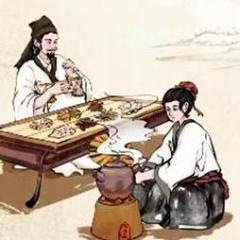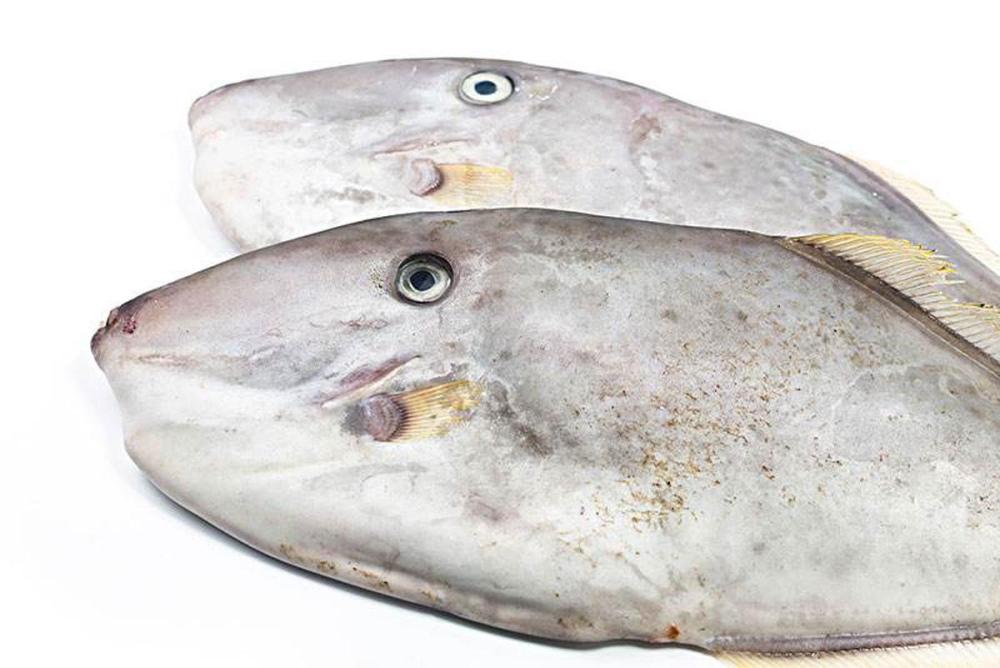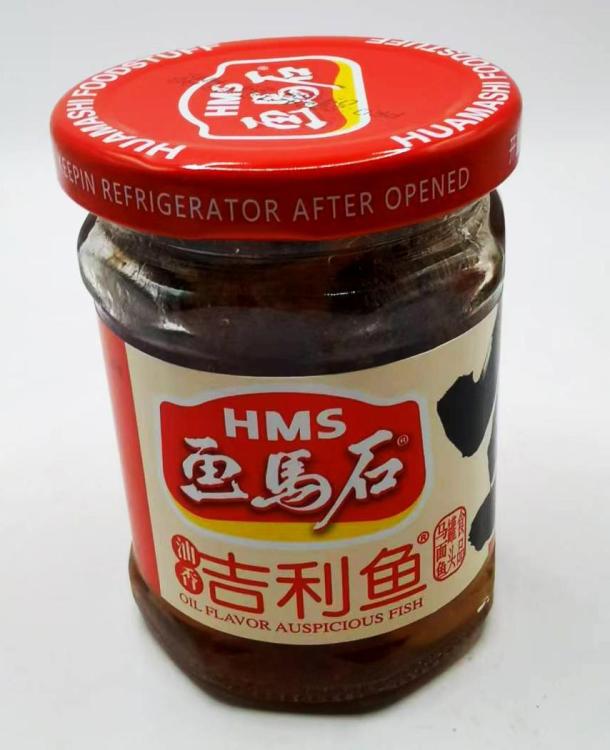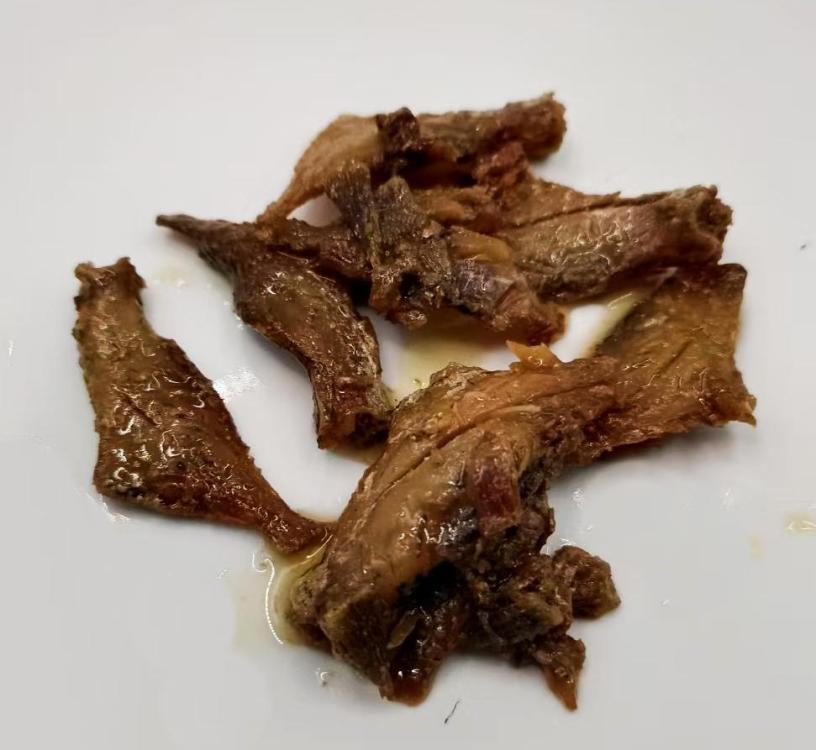Here’s a bit of an oddity. The Chinese name 马面鱼 (mǎ miàn yú) literally means ‘horse face fish’. You can take this in two ways. The fish’s face may resemble, in some imaginitive way, that of the equine animal. However, 马面 (mǎ miàn), 'horse face', may be referencing one of the two guardians of the underworld in Chinese mythology Take your pick.
Image: oceanprofoods.com
It is Thamnaconus modestus or, in English, Black Scraper. It is native to the north-west Pacific, so found in Japan, China and down to Korea. In Japanese, ウマヅラハギ. Korean: 말쥐치.
It is fished commercially off the coasts of those countries but also by aquaculture in both Japan and China that I know off.
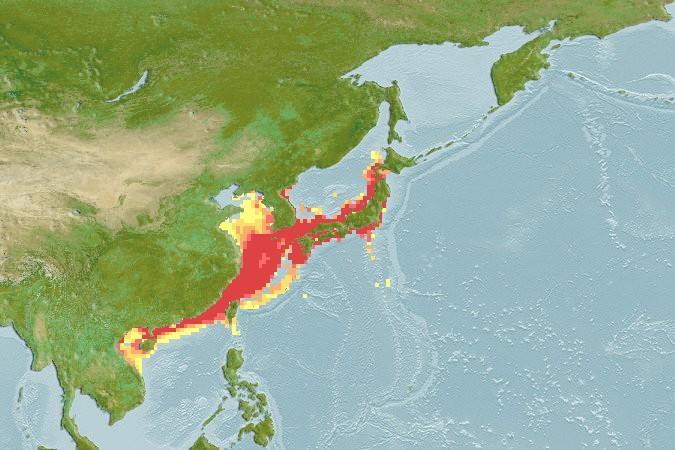
AquaMaps (2019, October). Computer generated distribution maps for Thamnaconus modestus, with modelled year 2050 native range map based on IPCC RCP8.5 emissions scenario. Retrieved from https://www.aquamaps.org.
I seldom see it on the fish counters of supermarkets here and never in wet markets. Most of it seems to go to food processing companies for their nefarious activities and some ends up in jarred products such as this. Made with the fish, white kidney beans, soy oil, and sugar, salt and spices. Here, this may be served alongside rice porridge / congee as a condiment or to top a simple rice dish.
No thanks.

